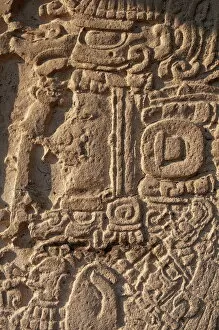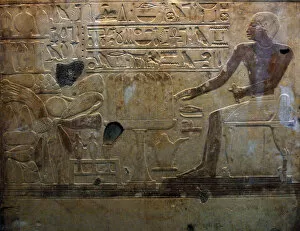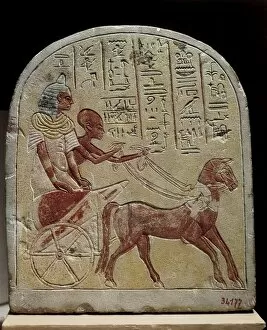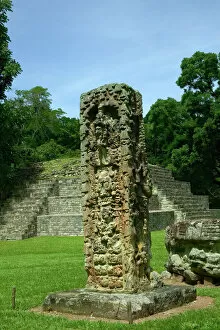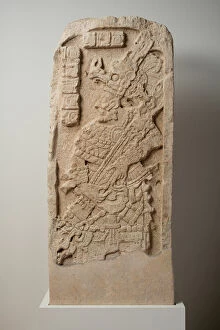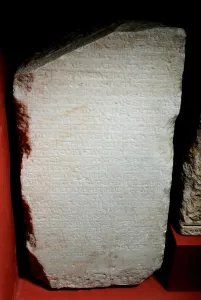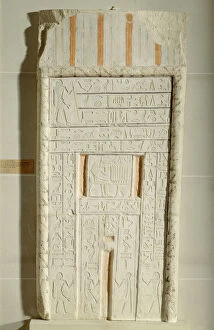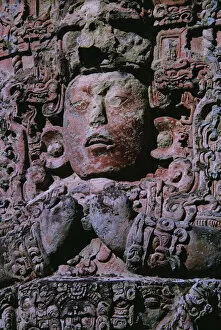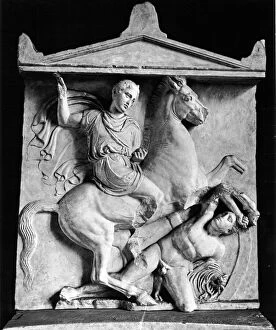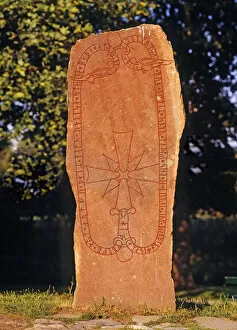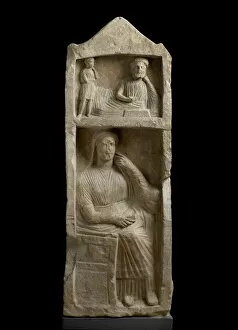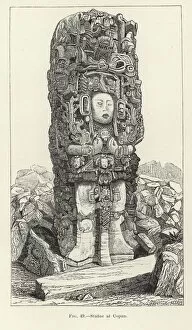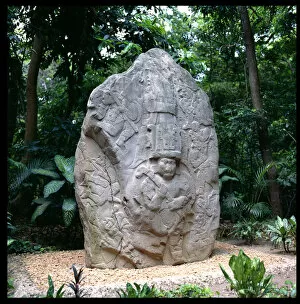Stela Collection
"Exploring the Rich History and Artistry of Stelas: From Mayan Ruins to Ancient Egypt" Delve into the captivating world of stelas
All Professionally Made to Order for Quick Shipping
"Exploring the Rich History and Artistry of Stelas: From Mayan Ruins to Ancient Egypt" Delve into the captivating world of stelas, ancient stone monuments that offer a glimpse into civilizations long past. One such example is found in Tikal, a UNESCO World Heritage Site, where a detailed stela stands as a testament to Mayan culture. Its intricate carvings depict scenes from their lives, providing invaluable insights into their beliefs and traditions. Traveling across continents, we encounter the Stela of the royal scribe Ani in Egypt. This masterpiece of Egyptian art showcases the skillful craftsmanship and devotion to preserving history through artistic expression. The hieroglyphs etched onto its surface narrate tales of pharaohs and gods, offering us an extraordinary window into ancient Egyptian civilization. Continuing our journey to Honduras, we discover Stele G at Copan Ruins. Here lies King 18 Rabbit immortalized on this monumental stele—a symbol of power and authority during his reign. The intricate details carved upon it reveal stories of conquests and achievements that shaped this once-great kingdom. Venturing further eastward brings us to Sidon in Lebanon, where Greek steles adorned with traces of polychromy await discovery. These vibrant works showcase not only the Greeks' mastery over sculpting but also their penchant for adding color to bring life to these funerary markers. In Rome's sepulchral relief dating back to the 2nd century AD, we witness love eternalized on stone—a couple forever united even in death. Such Roman sepulchral reliefs serve as poignant reminders of human emotions transcending time. Traversing different eras takes us back thousands of years ago when Hiras bid farewell in his funerary stele during the 2nd century BC—an artifact that preserves memories and honors ancestors long gone.

